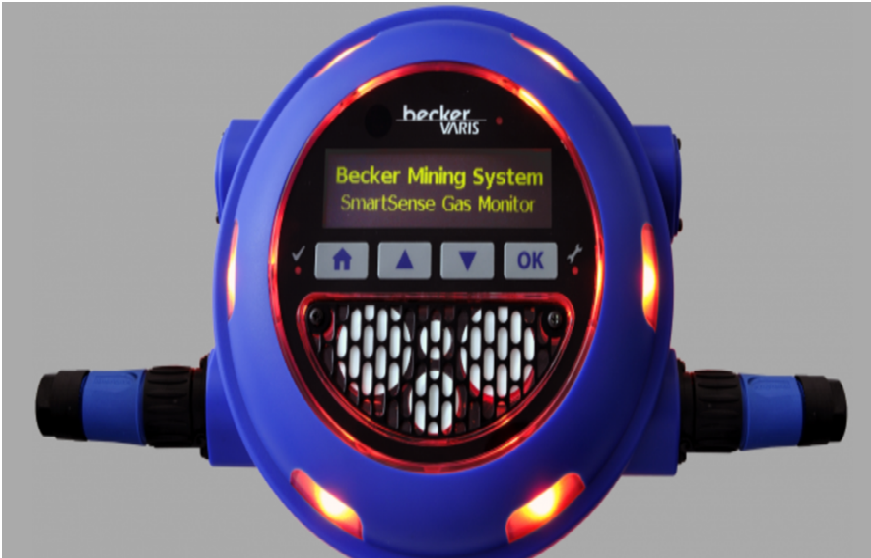With the development of the Internet of Things (IoT), many wireless communication technologies such as Bluetooth, WLAN and LoRa have emerged. LoRa is another means of IoT communication. LoRa technology (short for “Long Range”) is a wireless communication system that allows small amounts of data to be distributed over a wide area. It is a very common technology in IIoT industries, especially in long distance and low power application scenarios. This technology is very sensitive and can be detected even if the signal is weak, allowing it to reach a much greater distance.
In addition, this technology is only gaining popularity. While there were 470 million connections in 2022, this figure is expected to reach 730 million in 2023 according to Statista . This shows the importance that LoRa will have this year for the IoT industries.
How does Lo Ra technology work?
LoRa is a wireless modulation technique developed by Semtech and based on Chirp Spread Spectrum (CSS) technology. Small pulses, called “chirps”, are used to encode information via radio waves. LoRa is therefore less susceptible to interference.
Another advantage of LoRa technology is that, unlike WLAN, Bluetooth or ZigBee, it can transmit data over a greater distance and additionally has low power consumption. This is why LoRa is well suited for low power consumption sensors and actuators.
Besides license-free sub-GHz frequency ranges such as 915 MHz, 868 MHz, and 433 MHz, LoRa can also operate on 2.4 GHz for faster data transmission. However, the range is then less. These frequencies are in the global ISM bands, which are only used for industrial, scientific and medical applications.
While LoRa only describes the physical layer that allows the transmission of small amounts of data over large distances, LoRaWAN defines the standard communication protocol and system architecture for the network. This helps determine a node’s battery life, network capacity, quality of service, security, and the applications served by the network.
What is Lo Ra WAN?
The LoRa Alliance has developed LoRaWAN, an open, cloud-based standard that makes it easy for wireless devices to communicate. Its objective is to wirelessly connect portable electronic devices to the Internet in local, regional and international networks.
The LoRaWAN specification is a standard that primarily enables seamless integration of devices from different manufacturers.
Additionally, ABI Research concluded that, by 2026, LoRa will account for more than a quarter of connections to LPWA networks, making it the leading non-cellular LPWA technology.
How does LoRaWAN technology work?
End Nodes are edge devices that are often equipped with sensors for periodic data collection and monitoring. Typically, they take the form of a low-power microcontroller that can be used in the field for many years without requiring maintenance and is equipped with a low-power LoRa transmitter to communicate data packets to the gateway.
Gateways
Lo Ra WAN gateways are responsible for the connection between the network and the end nodes. They use a LoRa concentrator to collect data from end nodes and transmit it to the network server as data packets through the public or private network infrastructure.
Network server
The network server receives all the data that the Cloud LoRa server consolidates after receiving it from the gateways. The Things Network is a great example of a network server (TTN).




